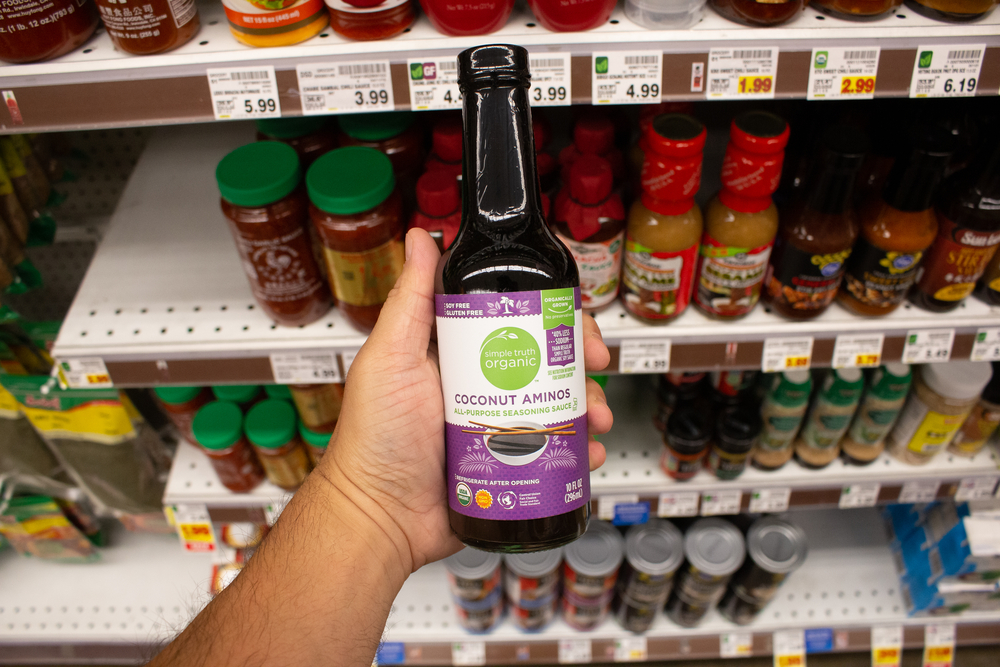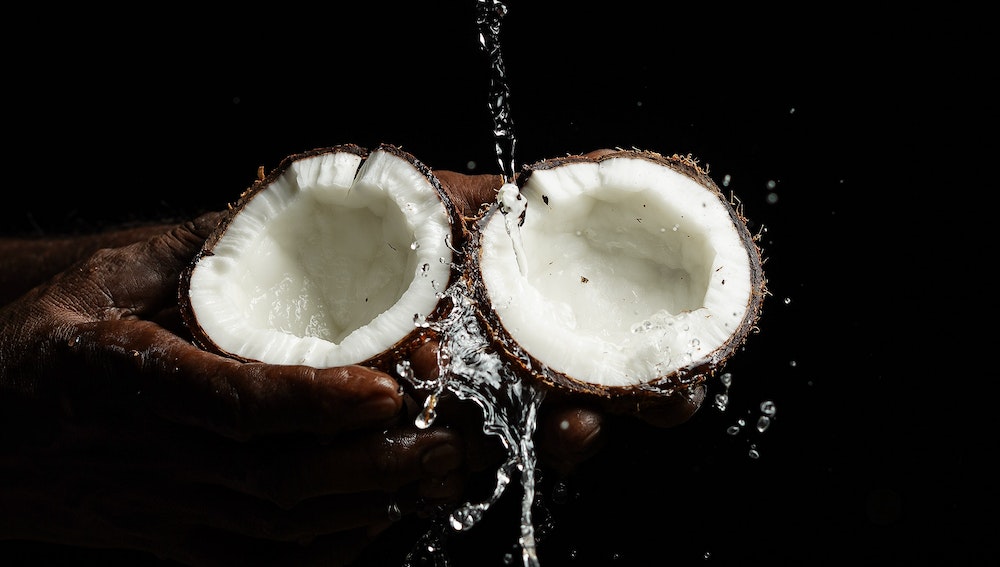White soy sauce is a perfect alternative to regular soy sauce when you’re looking for a flavor that isn’t too overpowering. It also doesn’t change the color of recipes the way that traditional soy sauce does.
The more subtle taste that comes from white soy sauce can be found in many other types of sauces. Some white soy sauce substitutes include tamari, liquid aminos, coconut aminos, oyster sauce, miso, eel sauce, and Worcestershire sauce.
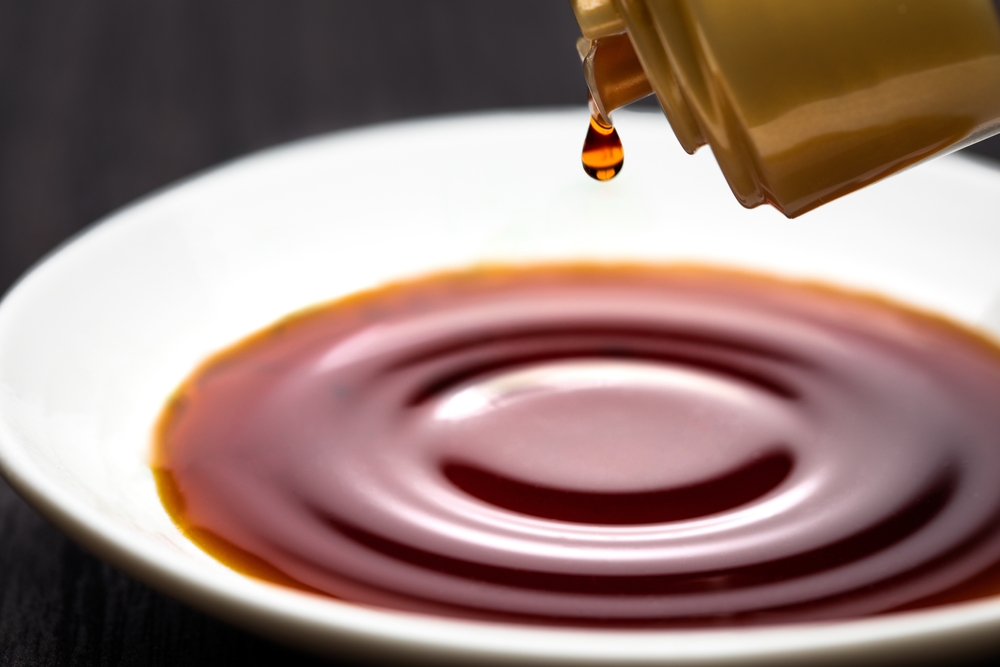
Is There Such a Thing as White Soy Sauce?
When you hear the phrase “soy sauce,” you probably think of a salty sauce that is dark in color. It is made from wheat and soybeans. The same recipe is true for white soy sauce, but it has a higher content of wheat than soy, accounting for its lighter color.
White soy sauce has a much more subtle flavor than dark soy sauce, making it a good option for those who only want a slight flavor enhancement. Often, when you add soy sauce to a dish, it becomes the most prominent flavor. This is not the case with white soy sauce.
What Do You Use White Soy Sauce For?
White soy sauce can be used for anything you’d normally use soy sauce for. It’s perfect for when you want to add a little flavor without altering the recipe too much. Because of its lighter color, white soy sauce also does not change the color of foods.
What’s the Difference Between White Soy Sauce and Regular Soy Sauce?
Typically, soy sauce is made from either entirely soybeans or 80% soybeans and 20% wheat. The inverse is true for white soy sauce; 20% soy and 80% wheat. It is also fermented for two to three months, as opposed to dark soy sauce’s four month fermentation time.
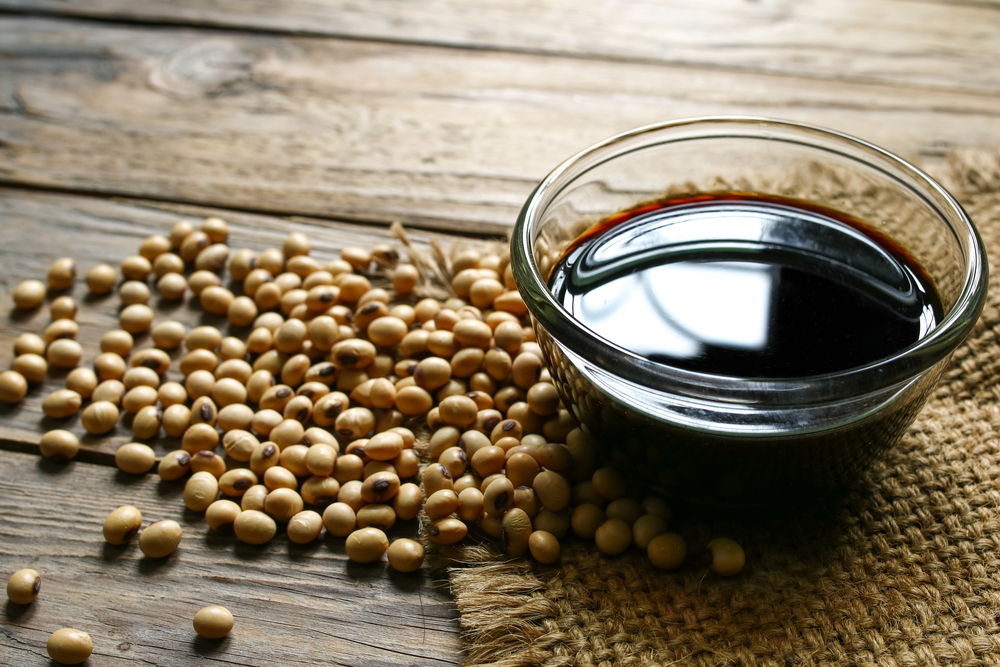
Sometimes dark soy sauce does not use any wheat at all. This applies to light soy sauce as well, some recipes may not use any soybeans. Instead, it might include a mixture of sugar. White soy sauce does not have the pungent, salty flavor that dark soy sauce is known for.
What Can I Substitute for White Soy Sauce?
Many sauces can offer the same effect as white soy sauce. Let’s take a look at some of the most popular white soy sauce substitutes:
1. Tamari
Tamari is a Japanese type of white soy sauce. Its texture is thicker than most other soy sauces, and its flavor won’t be overpowering in recipes. Tamari is also vegan and gluten-free, and can be substituted for any time you would use your regular soy sauce.
It has a very short list of ingredients, containing only salt, water, and soybeans. Tamari does tend to be even darker than soy sauce, but still has a more subtle flavor.
2. Miso
Miso is another sauce made from soybeans. It is a common ingredient in Japanese cooking and has a toasty, palatable flavor. When soy sauce is made, it’s squeezed into containers. The remnants of this are what forms miso.

There are three types of miso sauce: mame, shiro, and awase miso. Mame miso has a reddish brown color and is likely the strongest tasting of the three, it is very salty. Shiro miso is white in color and made from rice. It tends to be on the sweeter side. Awase miso is a blend of other types of miso, so its flavor can vary.
3. Worcestershire Sauce
Worcestershire sauce is another popular condiment, but this one has a more complex flavor profile. Its unique taste is made from a blend of molasses, vinegar, anchovies, and spices. It has a powerful flavor that is a combination of spice, sweetness, and saltiness.
4. Oyster Sauce
Oyster sauce is another condiment option that is both sweet and salty. It is made with sugar, salt, and oyster juices. It is used in many types of Asian cuisine, and its color is comparable to that of dark soy sauce.
5. Eel Sauce
Despite its name, eel sauce does not taste fishy. More so, it is smoky and salty. It’s made from mirin, sake, soy sauce, and sugar. Because it contains soy sauce as an ingredient, you can expect a burst of flavor from eel sauce. If you can never get enough soy sauce, eel sauce is right down your alley.
6. Coconut Aminos
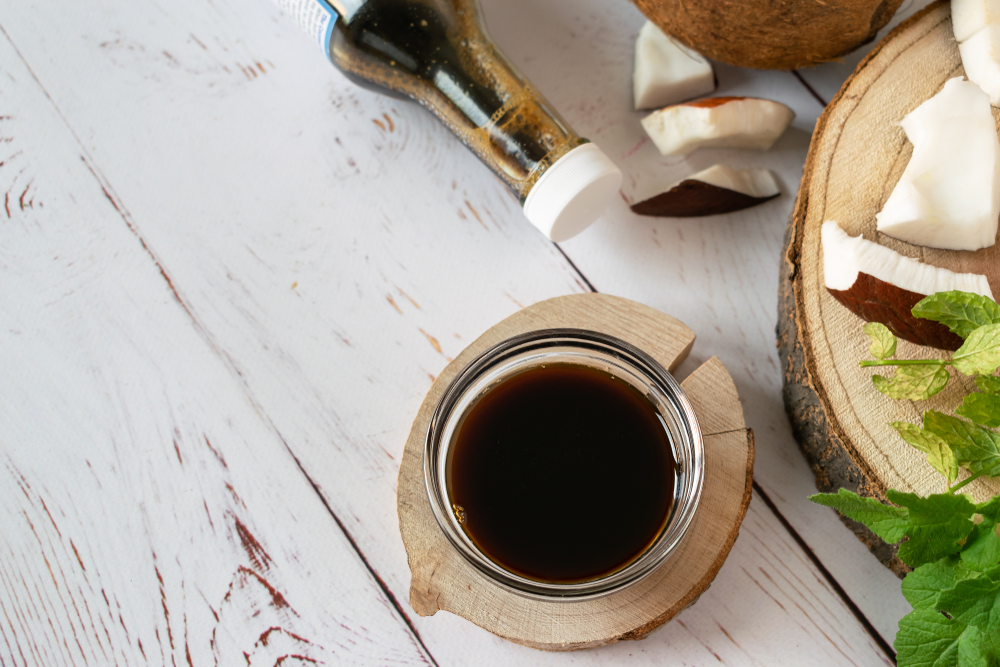
Coconut aminos have a much lower salt content than soy sauce, so they may be better for your health. Their taste is more mild and sweet, and made from the sap of coconut palm trees. Coconut aminos are also gluten free and vegan.
7. Liquid Aminos
Liquid aminos are made by breaking down the soy proteins in soybeans into amino acids. The sodium content is much lower than dark soy sauce, though the taste is still somewhat similar. Liquid aminos are just more sweet and less salty.
8. Dark Soy Sauce
As a last resort, you could always use dark soy sauce instead of light soy sauce. Its flavor is much more notable in food, and it contains more salt than light soy sauce or any of its substitutes. But, dark soy sauce is a popular condiment for good reason.
FAQs
Why is soy sauce black?
When soy sauce is made, a chemical reaction known as the Maillard reaction takes place. Mold on the wheat and soy break down grain proteins until they are simple sugars and amino acids. This reaction causes the dark color that soy sauce is known for.
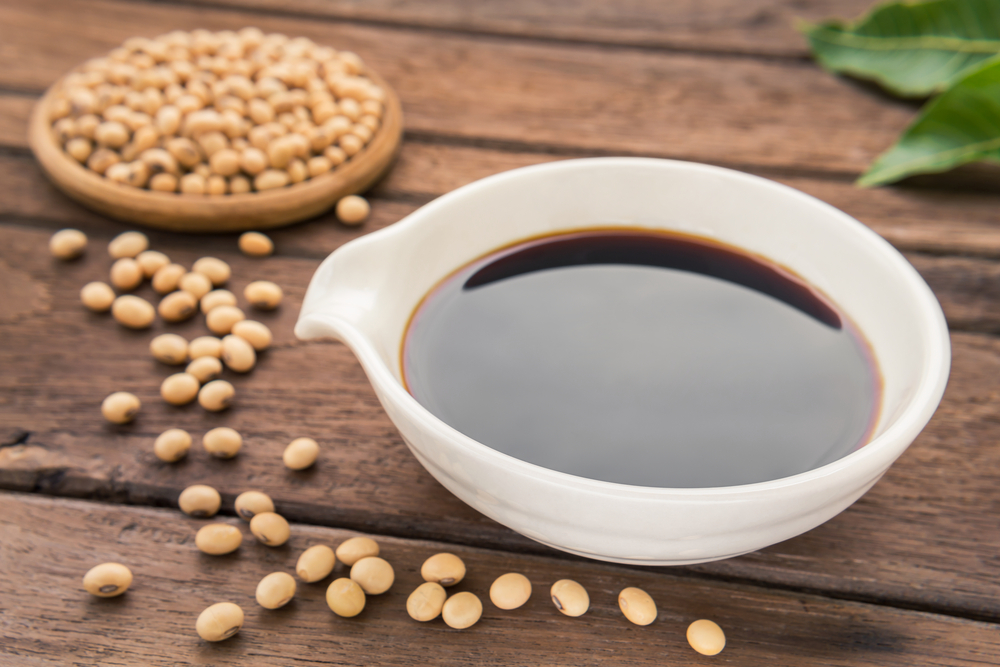
What does white soy sauce look like?
White soy sauce is much lighter than its counterpart. It is not necessarily white, but the comparison of colors is strong enough to call it so. Its lighter color is because it typically uses more wheat or rice than dark soy sauce, and its flavor is more delicate.
Why is white soy sauce white?
When soy sauce is made, it goes through a fermentation process, despite it containing very little wheat. Its fermentation process can be as long as a few months, and the combination of these elements gives dark soy sauce its color.
The opposite is true for white soy sauce. It contains much more wheat (around 80-90%), and has a shorter fermentation process. This gives it a lighter color than dark soy sauce.
Final Thoughts
White soy sauce is a variety with a less pungent flavor, and a lighter color. It is perfect for when you want to add a slight flavor without overpowering your other ingredients. It also does not alter the color of your food the way dark soy sauce does. There are many white soy sauce alternatives that can achieve the same effect.




